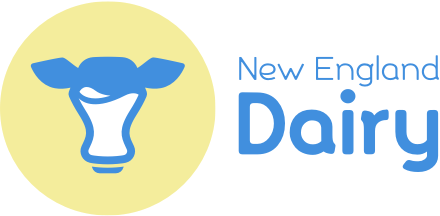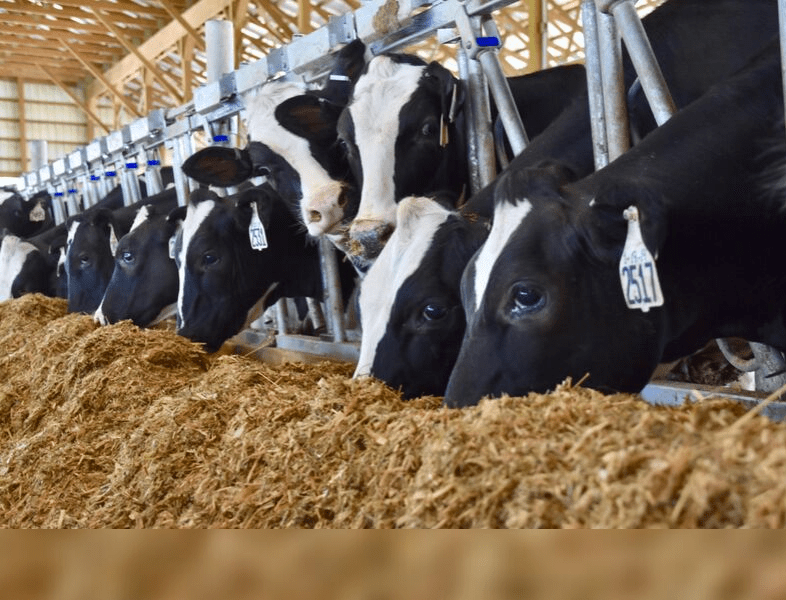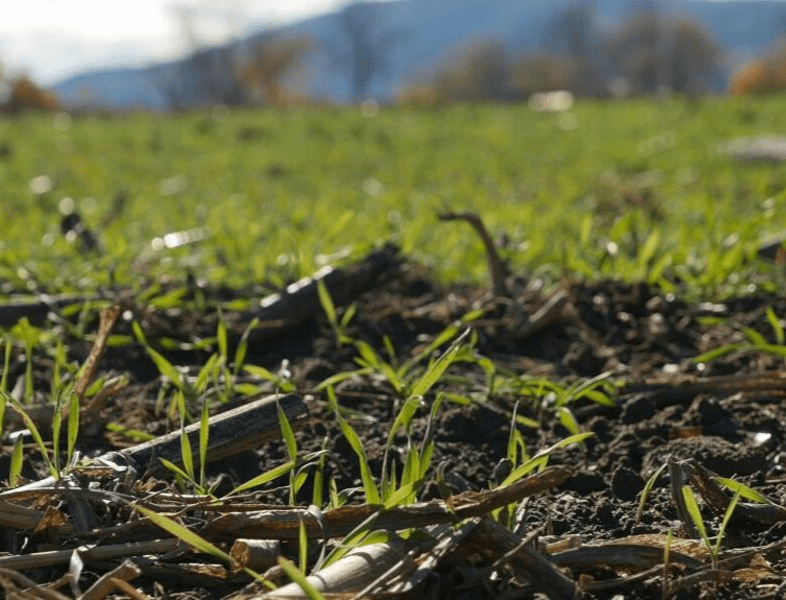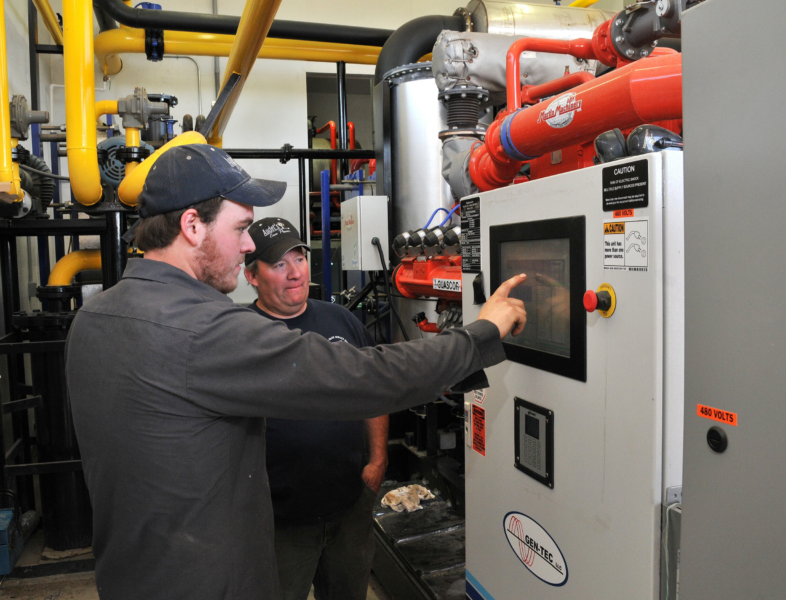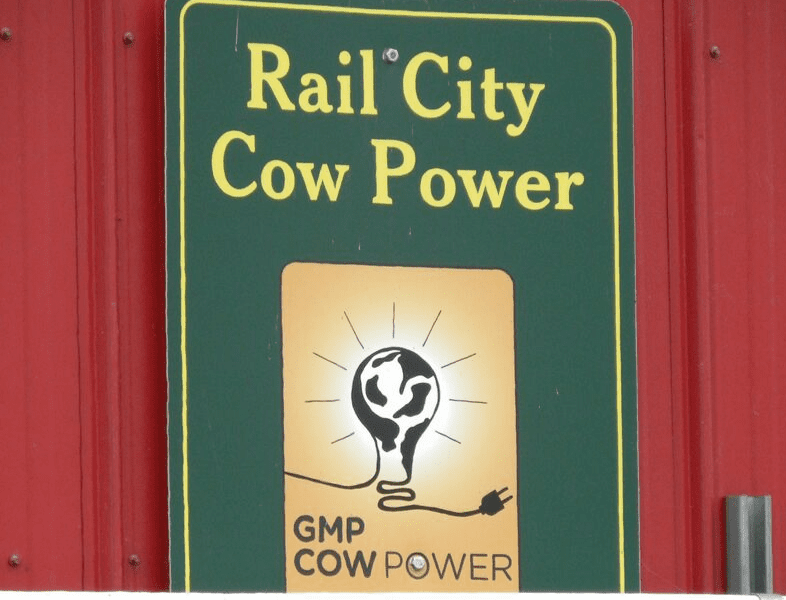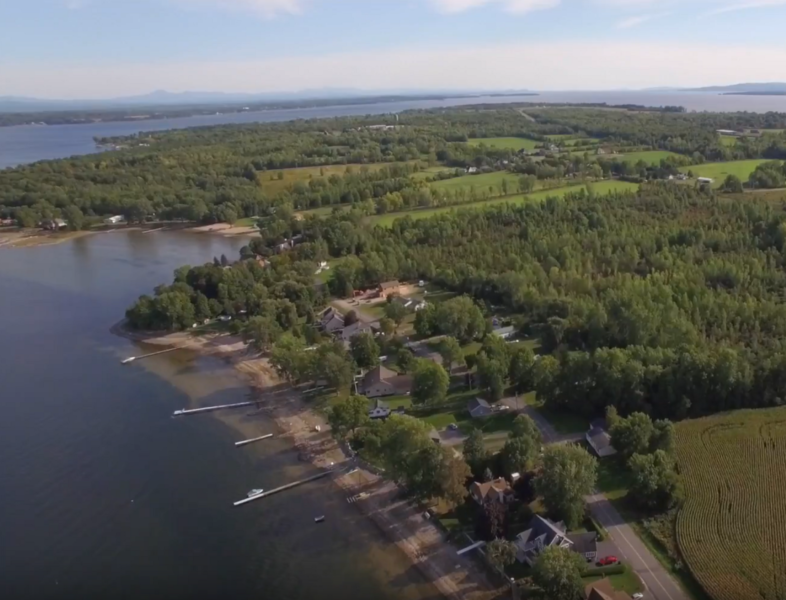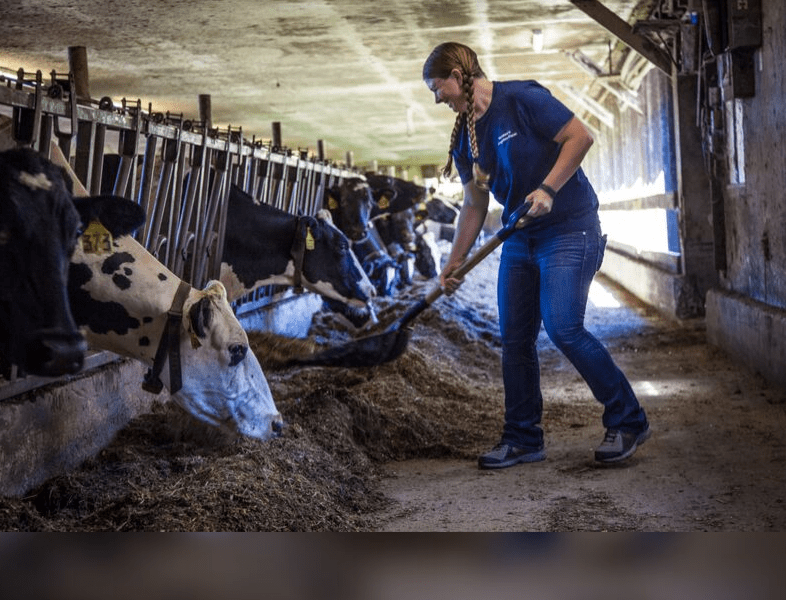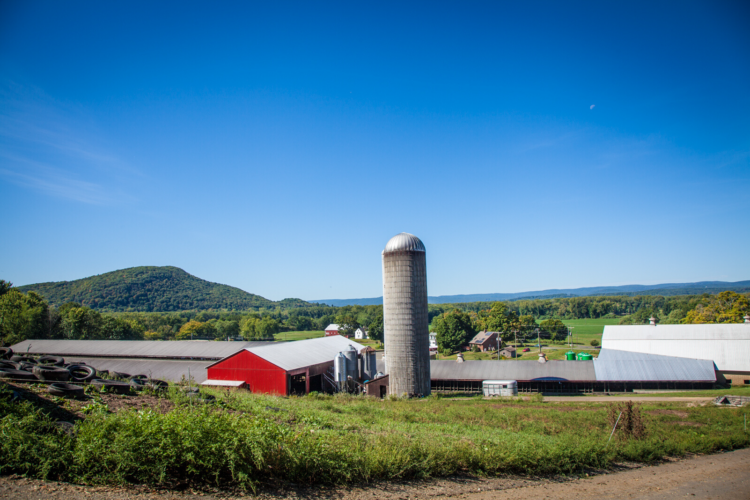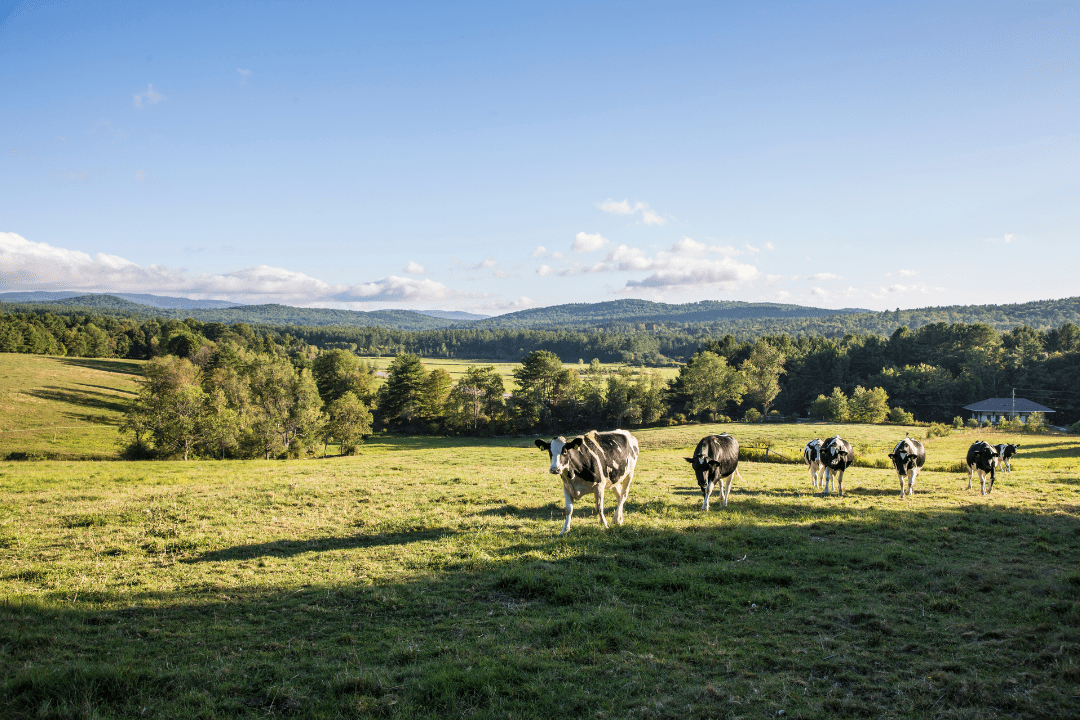 Every type of food we eat has an environmental impact, including products that identify as plant-based.
Every type of food we eat has an environmental impact, including products that identify as plant-based.
Overall, food accounts for 10-30% of a U.S. household’s carbon footprint. Other aspects of lifestyle, including travel and housing, make up a larger percentage of an individual’s footprint.
The key is to find the sweet spot – foods that together provide the greatest nutritional value to us, with a minimal environmental footprint.
Dairy is accessible, affordable, and its health benefits are supported by a robust body of science. The essential nutrients found in dairy products can actually be difficult to replace with other foods. A sustainable diet is one that benefits not only the planet, but also our health and communities.
With improvements in animal breeding, animal health programs, cow comfort, and farm management practices, the environmental impact of producing a gallon of milk has shrunk significantly over the past several decades.
Despite what you may have seen in sensational headlines and documentaries, currently, dairy makes up approximately only 2% of U.S. total greenhouse gas emissions. As of 2007, producing a gallon of milk uses 90% less land and 65% less water, with a 63% smaller carbon footprint than in 1944. Also, dairy in the U.S. creates the lowest amount of greenhouse gases per gallon of milk compared to the rest of the world.
While the industry has made progress, there is definitely more work to be done. The dairy community is committed to continuous improvement, which is why new aggressive 2050 environmental sustainability goals have been established.
Specifically, the U.S. Dairy 2050 Environmental Sustainability Goals are:
- Achieve greenhouse gas (GHG) neutrality 1
- Optimize water use while maximizing recycling
- Improve water quality by optimizing utilization of manure and nutrients
1 In October 2021, the wording of the goal was clarified to reflect the intent of the work and U.S. dairy’s commitment to reduce greenhouse gases, including methane, carbon dioxide and nitrous oxide. The original wording stated “to achieve carbon neutrality by 2050”. It has been changed to “to achieve GHG neutrality by 2050.”
